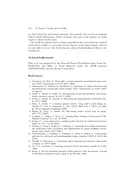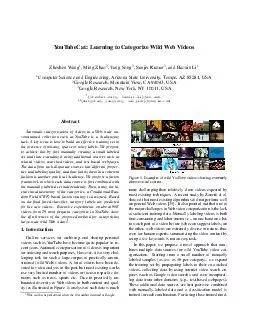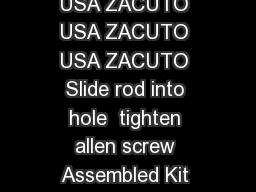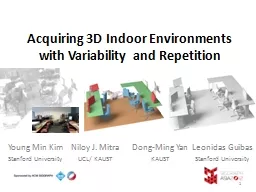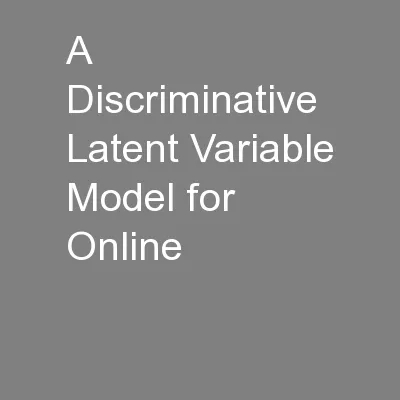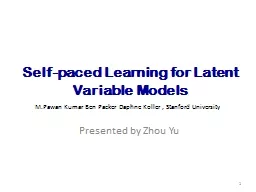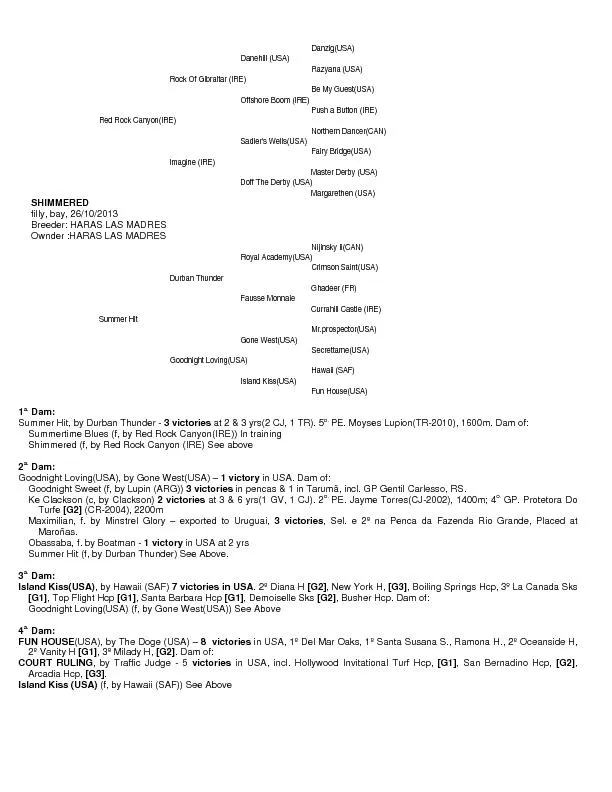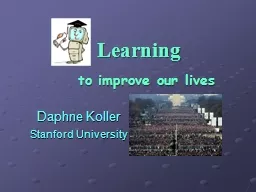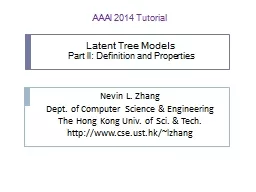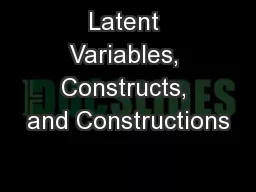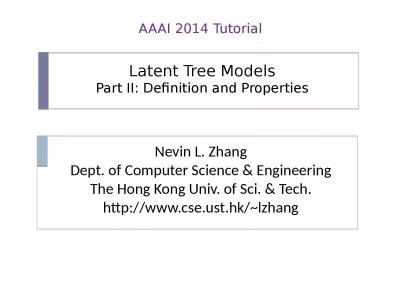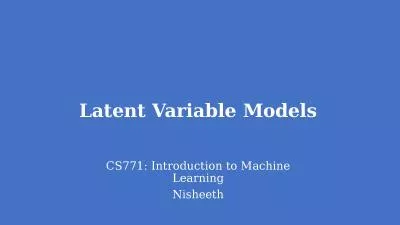PDF-Discriminative Learning with Latent Variables for Cluttered Indoor Scene Understanding
Author : calandra-battersby | Published Date : 2015-03-07
We address the problem of understanding an indoor scene from a single image in terms of recovering the layouts of the faces oor ceiling walls and furniture A major
Presentation Embed Code
Download Presentation
Download Presentation The PPT/PDF document "Discriminative Learning with Latent Vari..." is the property of its rightful owner. Permission is granted to download and print the materials on this website for personal, non-commercial use only, and to display it on your personal computer provided you do not modify the materials and that you retain all copyright notices contained in the materials. By downloading content from our website, you accept the terms of this agreement.
Discriminative Learning with Latent Variables for Cluttered Indoor Scene Understanding: Transcript
Download Rules Of Document
"Discriminative Learning with Latent Variables for Cluttered Indoor Scene Understanding"The content belongs to its owner. You may download and print it for personal use, without modification, and keep all copyright notices. By downloading, you agree to these terms.
Related Documents

